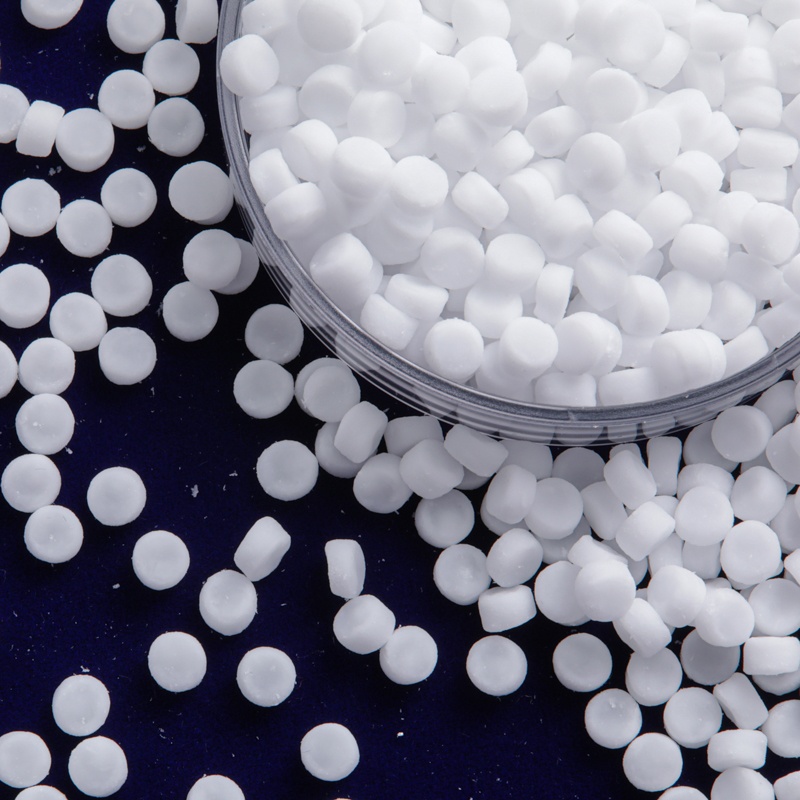Here are some specific reasons for the analysis:
1. Material properties:
The substrate of slippers (such as EVA, TPR, PVC, etc.) may have some physical or chemical heterogeneity. For example, the molecular chain structure, molecular weight distribution, and additive distribution in the material may be uneven, resulting in inconsistent material fluidity and plasticizing effect during the processing and forming process, leading to the formation of white spots on the surface of slippers.
2. Production process:
Improper control of temperature, pressure, speed and other parameters in the production process may also lead to the appearance of white spots on the surface of slippers. For example, if the temperature during injection molding is too high or too low, it will affect the fluidity and plasticization effect of the material; Unreasonable mold design or severe wear may also lead to uneven distribution of materials in the mold, forming white spots.
3. Additive use:
In order to improve the performance of slippers, such as wear resistance, aging resistance, softness, etc., various additives will be added in the production process. If the type, dosage, or dispersion of additives are improper, it is possible to form white spots on the surface of slippers. Especially lubricants like silicone, if used excessively or unevenly dispersed, may cause agglomeration and lead to surface white spots.
4. Environmental factors:
During the production, storage, and transportation of slippers, environmental factors may also have an impact on their surface. For example, high humidity may cause the material to absorb moisture, thereby affecting its processing performance and surface quality; Impurities such as dust and oil may also adhere to the surface of slippers, forming difficult to remove white spots.
湘西 silicone masterbatch can solve the problem of white spots on the surface of slippers, especially the EVA/TPR based slipper.
Characteristics and functions of silicone masterbatch
Lubrication and flowability:
Silicone masterbatch, as a plastic lubricant, can significantly improve the lubrication and flowability of plastic materials. In the production process of slippers, good lubrication and fluidity help materials mix and plasticize more evenly, reducing surface defects caused by uneven material flow.
Improvement of surface properties:
Silicone masterbatch can enhance the glossiness and smoothness of the surface of slippers, and enhance the silky texture of the surface. This improvement not only enhances the appearance of slippers, but also enhances their wear and scratch resistance.
Dispersibility: High quality silicone masterbatch has good dispersibility, which can ensure the uniform distribution of silicone components in plastic materials and avoid agglomeration. This helps to reduce white spots caused by uneven distribution of silicone.
The specific mechanism of silicone masterbatch in solving the problem of whitespots
Reduce agglomeration phenomenon:
When the addition ratio of silicone powder is too high (such as 5%), the strong adsorption between silicone molecules can easily cause agglomeration, restrict the movement of molecular chains, and thus affect the processing fluidity and plasticization effect of the material. This can lead to stress defects and microscopic defects in formed slipper products, manifested as surface blemishes. By adjusting the addition ratio of silicone masterbatch to an appropriate range (such as 3%), the occurrence of agglomeration can be reduced, thereby avoiding the formation of surface spots.
Optimizing material performance:
Adding an appropriate amount of silicone masterbatch can optimize the performance of slipper materials, allowing them to maintain good mechanical properties while improving surface glossiness and smoothness. This performance optimization helps to reduce surface defects caused by poor material performance.






